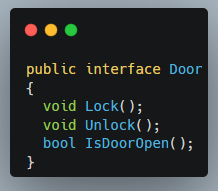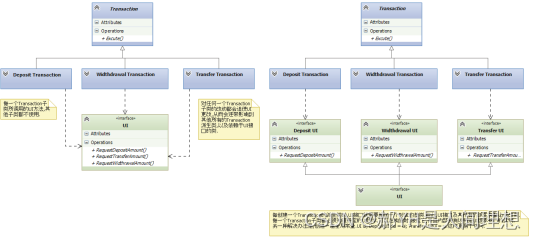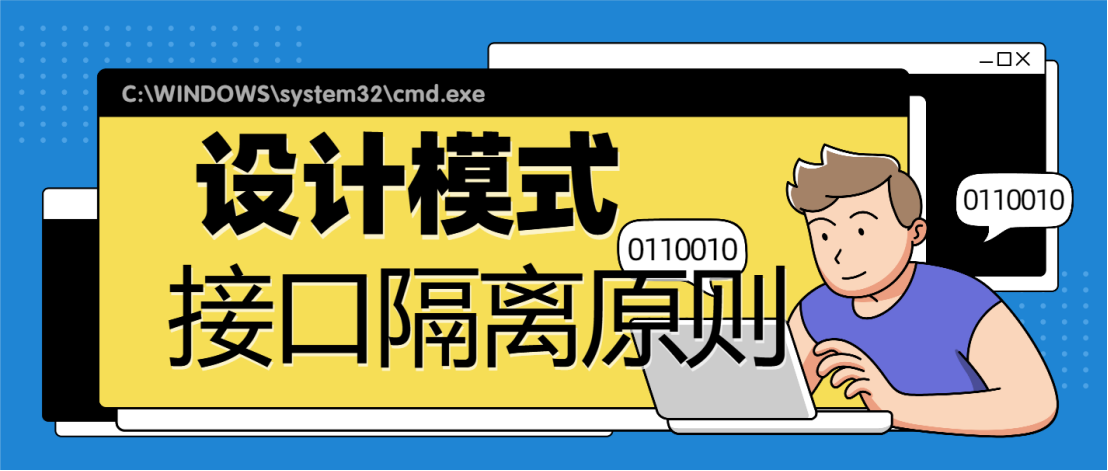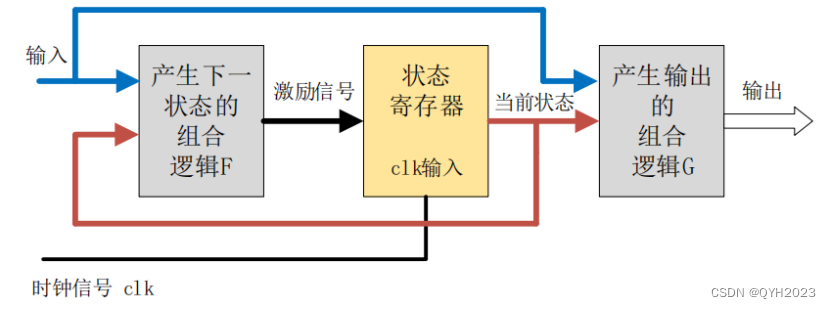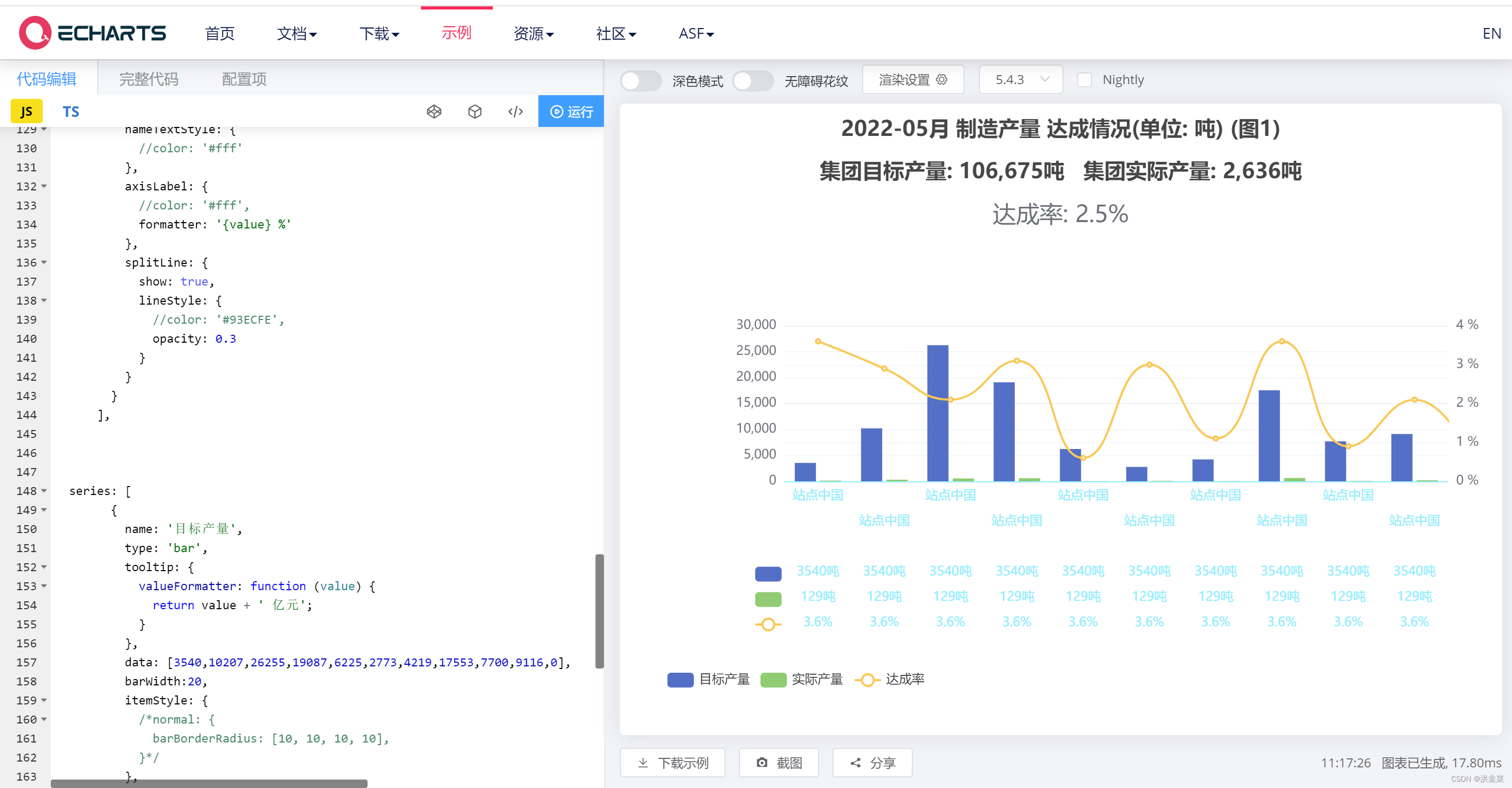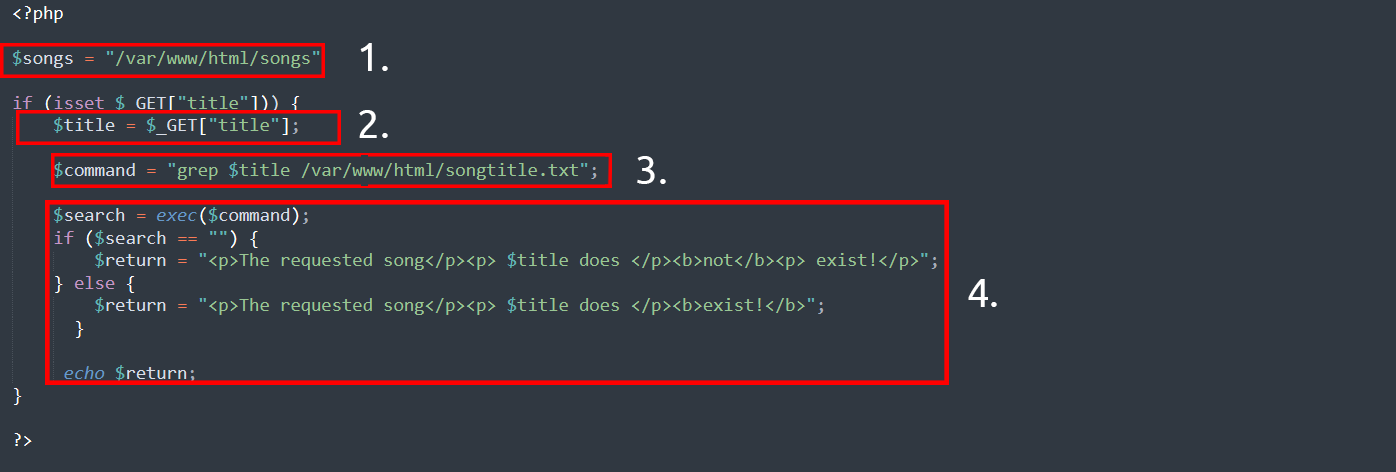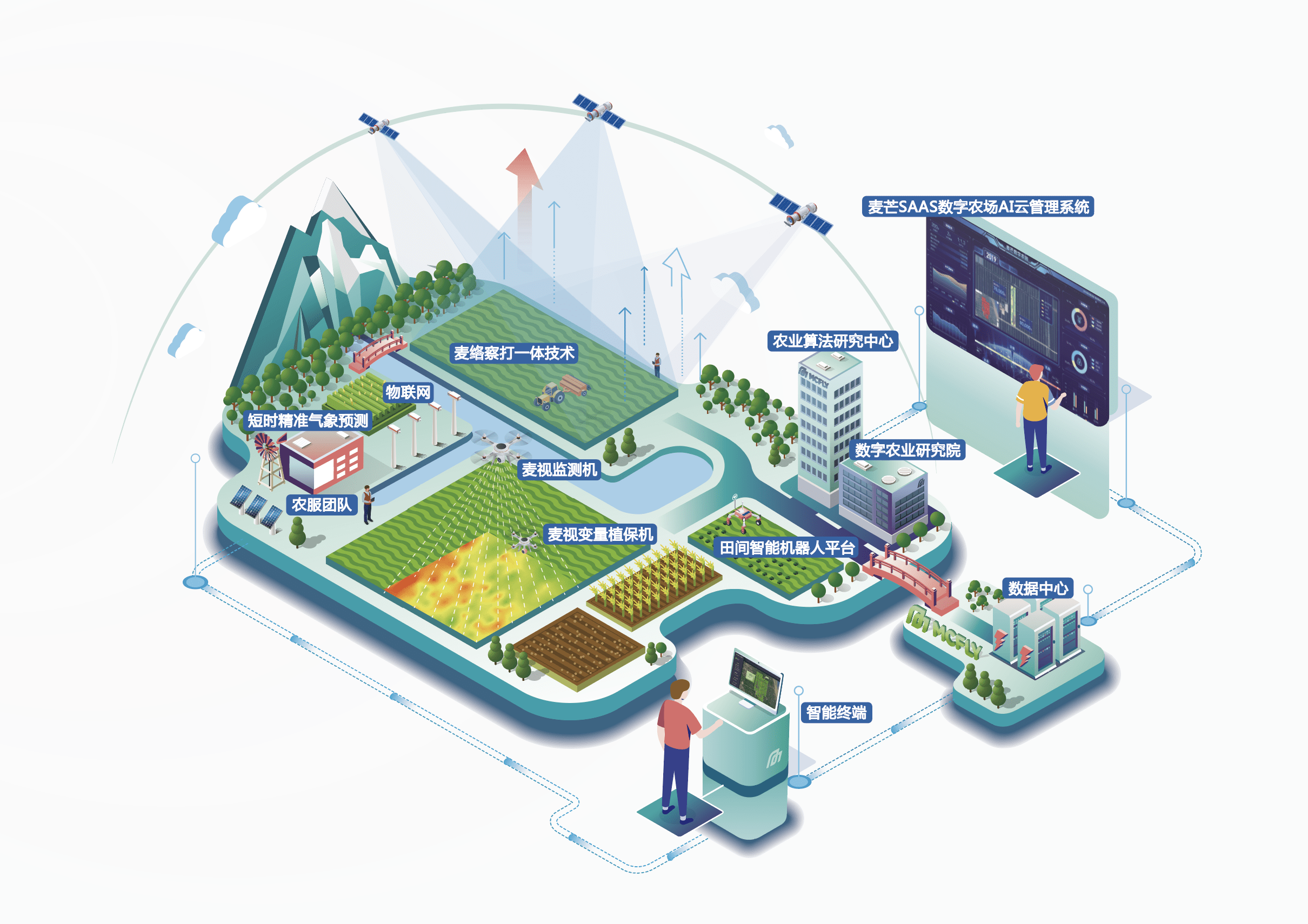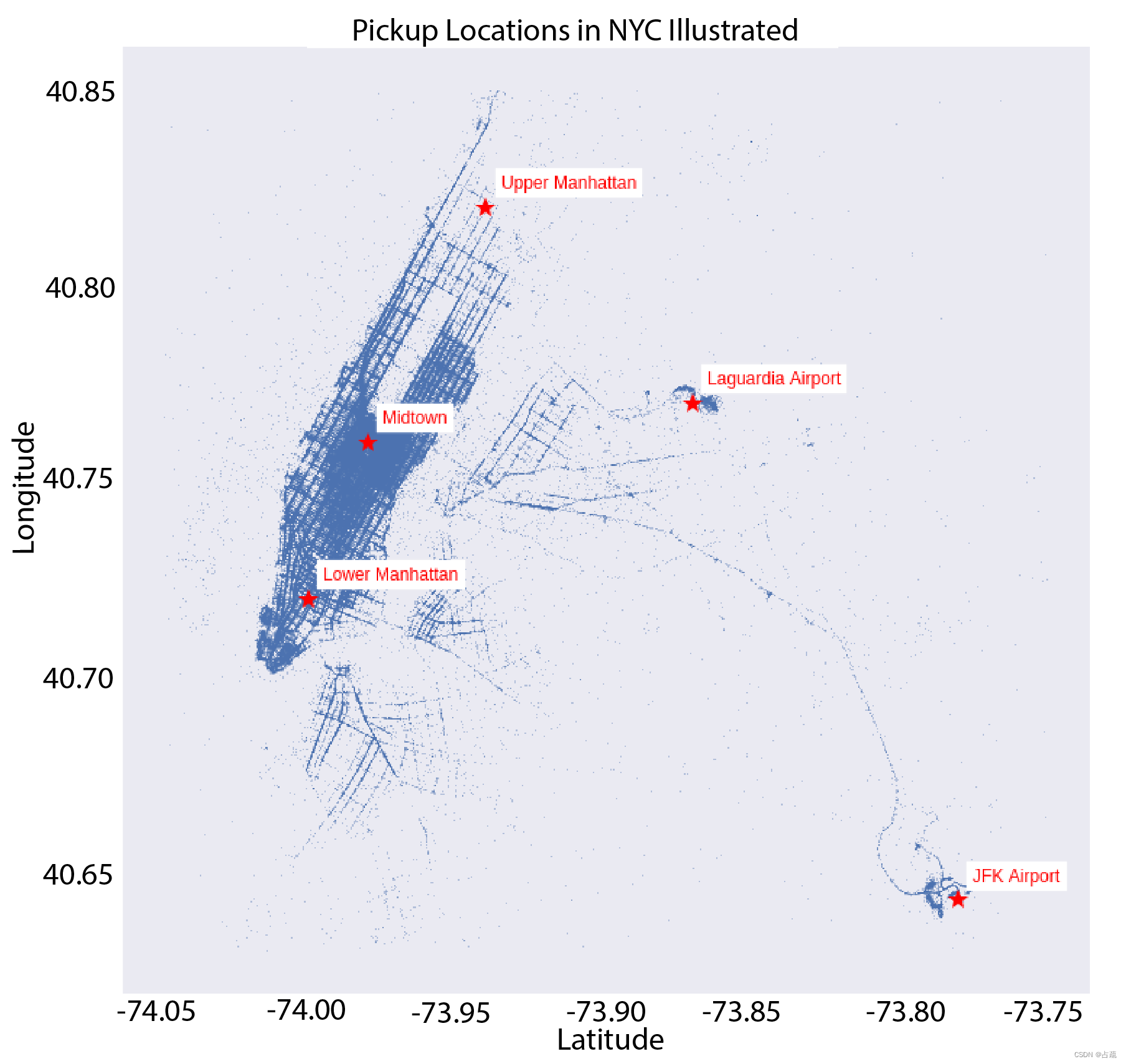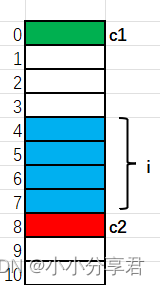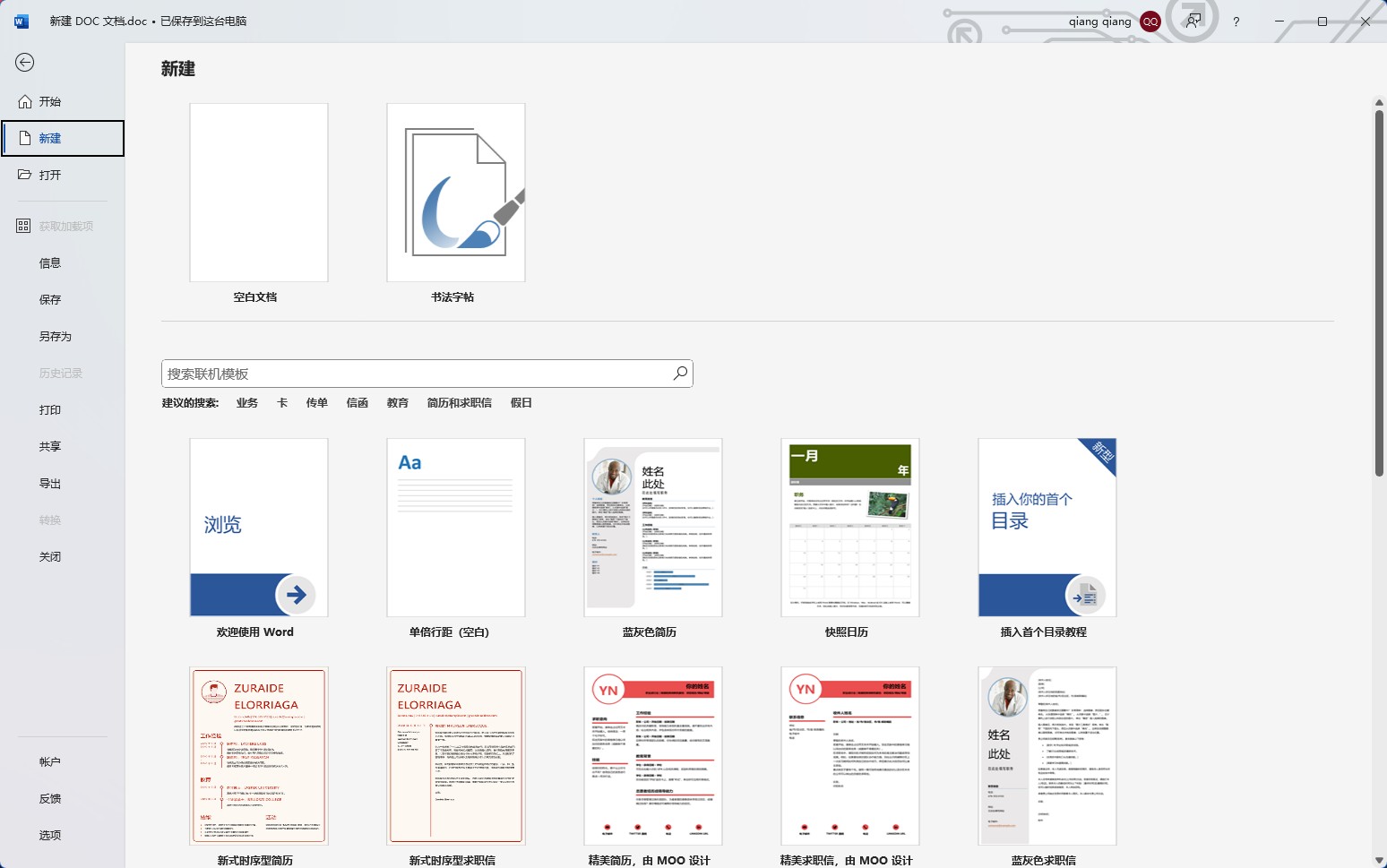文章目录
一. 如何理解“接口隔离原则”?
客户端不应该被强迫依赖它不需要的接口(简单的理解:不在原有接口的增加方法)。其中的“客户端”,可以理解为接口的调用者或者使用者。
在这条原则中,我们可以把“接口”理解为下面三种情况:
- 一组 API 接口集合
- 单个 API 接口或函数
- OOP 中的接口概念
接下来从这三个方面举例说明,接口隔离的具体应用
二. 接口隔离的三个情况
1. 把“接口”理解为一组 API 接口集合
微服务用户系统提供了一组跟用户相关的 API 给其他系统使用,比如:注册、登录、获取用户信息等。具体代码如下所示:
public interface UserService {
boolean register(String cellphone, String password);
boolean login(String cellphone, String password);
UserInfo getUserInfoById(long id);
UserInfo getUserInfoByCellphone(String cellphone);
}
public class UserServiceImpl implements UserService {
//...
}
现在,我们的后台管理系统要实现删除用户的功能,希望用户系统提供一个删除用户的接口。
违背接口隔离的方案
只需要在 UserService 中新添加一个 deleteUserByCellphone() 或 deleteUserById() 接口就可以了。这个方法可以解决问题,但是也隐藏了一些安全隐患。
删除用户是一个非常慎重的操作,我们只希望通过后台管理系统来执行,所以这个接口只限于给后台管理系统使用。如果我们把它放到 UserService 中,那所有使用到 UserService 的系统,都可以调用这个接口。不加限制地被其他业务系统调用,就有可能导致误删用户。
当然,最好的解决方案是从架构设计的层面,通过接口鉴权的方式来限制接口的调用。不过,如果暂时没有鉴权框架来支持,我们还可以从代码设计的层面,尽量避免接口被误用。
参照接口隔离原则
调用者不应该强迫依赖它不需要的接口,那么我们将删除接口单独放到另外一个接口中,然后将接口只打包(即只是UserServiceImpl集成新增接口)提供给后台管理系统来使用。
public interface UserService {
boolean register(String cellphone, String password);
boolean login(String cellphone, String password);
UserInfo getUserInfoById(long id);
UserInfo getUserInfoByCellphone(String cellphone);
}
// 接口隔离原则:再新增一个接口,而不是在原有的接口中进行修改
public interface RestrictedUserService {
boolean deleteUserByCellphone(String cellphone);
boolean deleteUserById(long id);
}
public class UserServiceImpl implements UserService, RestrictedUserService {
// ...省略实现代码...
}
小结
在设计微服务或者类库接口的时候,如果部分接口只被部分调用者使用,那我们就需要将这部分接口隔离出来,单独给对应的调用者使用,而不是强迫其他调用者也依赖这部分不会被用到的接口。
2. 把“接口”理解为单个 API 接口或函数 ing(能够使用的场景并未理解)
把接口理解为单个(接口或)函数(以下为了方便讲解,我都简称为“函数”)。那接口隔离原则就可以理解为:函数的设计要功能单一,不要将多个不同的功能逻辑在一个函数中实现。
接下来,我们还是通过一个例子来解释一下。
public class Statistics {
private Long max;
private Long min;
private Long average;
private Long sum;
private Long percentile99;
private Long percentile999;
//...省略constructor/getter/setter等方法...
}
public Statistics count(Collection<Long> dataSet) {
Statistics statistics = new Statistics();
//...省略计算逻辑...
return statistics;
}
在上面的代码中,count() 函数的功能不够单一:
- 包含很多不同的统计功能, 比如,求最大值、最小值、平均值等等。按照接口隔离原则,我们应该把 count() 函数拆成几个更小粒度的函数,每个函数负责一个独立的统计功能。
- 代码实现可能通过if else、Switch、函数式接口等。
拆分之后的代码如下所示:
public Long max(Collection<Long> dataSet) {
//... }
public Long min(Collection<Long> dataSet) {
//... }
public Long average(Colletion<Long> dataSet) {
//... }
// ...省略其他统计函数...
接口隔离原则跟单一职责原则有点类似,不过稍微还是有点区别。
单一职责原则针对的是模块、类、接口的设计。而接口隔离原则相对于单一职责原则,一方面它更侧重于接口的设计,另一方面它的思考的角度不同。它提供了一种判断接口是否职责单一的标准:通过调用者如何使用接口来间接地判定。如果调用者只使用部分接口或接口的部分功能,那接口的设计就不够职责单一。
3. 把“接口”理解为 OOP 中的接口概念
假设我们的项目中用到了三个外部系统:Redis、MySQL、Kafka。
每个系统都对应一系列配置信息,比如地址、端口、访问超时时间等。为了在内存中存储这些配置信息,供项目中的其他模块来使用,我们分别设计实现了三个 Configuration 类:RedisConfig、MysqlConfig、KafkaConfig。
这里给出了 RedisConfig 的代码实现,另外两个类似。
public class RedisConfig {
private ConfigSource configSource; //配置中心(比如zookeeper)
private String address;
private int timeout;
private int maxTotal;
//省略其他配置: maxWaitMillis,maxIdle,minIdle...
public RedisConfig(ConfigSource configSource) {
this.configSource = configSource;
}
public String getAddress() {
return this.address;
}
//...省略其他get()、init()方法...
public void update() {
//从configSource加载配置到address/timeout/maxTotal...
}
}
public class KafkaConfig {
//...省略... }
public class MysqlConfig {
//...省略... }
新需求1
支持 Redis 和 Kafka 配置信息的热更新,但并不希望对 MySQL 的配置信息进行热更新。
所谓“热更新(hot update)”就是,如果在配置中心中更改了配置信息,我们希望在不用重启系统的情况下,能将最新的配置信息加载到内存中(也就是 RedisConfig、KafkaConfig 类中)。
这里设计实现了一个 ScheduledUpdater 类,以固定时间频率(periodInSeconds)来调用 RedisConfig、KafkaConfig 的 update() 方法更新配置信息。具体的代码实现如下所示:
public interface Updater {
void update();
}
// mysql不想热更新,所有没有实现接口
public class RedisConfig implemets Updater {
//...省略其他属性和方法...
@Override
public void update() {
//... }
}
public class KafkaConfig implements Updater {
//...省略其他属性和方法...
@Override
public void update() {
//... }
}
public class MysqlConfig {
//...省略其他属性和方法... }
public class ScheduledUpdater {
private final ScheduledExecutorService executor = Executors.newSingleThreadScheduledExecutor();;
private long initialDelayInSeconds;
private long periodInSeconds;
private Updater updater;
public ScheduleUpdater(Updater updater, long initialDelayInSeconds, long periodInSeconds) {
this.updater = updater;
this.initialDelayInSeconds = initialDelayInSeconds;
this.periodInSeconds = periodInSeconds;
}
//开启一个线程:定时更新
public void run() {
executor.scheduleAtFixedRate(new Runnable() {
@Override
public void run() {
updater.update();
}
}, this.initialDelayInSeconds, this.periodInSeconds, TimeUnit.SECONDS);
}
}
public class Application {
ConfigSource configSource = new ZookeeperConfigSource(/*省略参数*/);
public static final RedisConfig redisConfig = new RedisConfig(configSource);
public static final KafkaConfig kafkaConfig = new KakfaConfig(configSource);
public static final MySqlConfig mysqlConfig = new MysqlConfig(configSource);
public static void main(String[] args) {
ScheduledUpdater redisConfigUpdater = new ScheduledUpdater(redisConfig, 300, 300);
redisConfigUpdater.run();
ScheduledUpdater kafkaConfigUpdater = new ScheduledUpdater(kafkaConfig, 60, 60);
kafkaConfigUpdater.run();
}
}
新增需求二:新增监控功能
我们可以在项目中开发一个内嵌的 SimpleHttpServer,输出项目的配置信息到一个固定的 HTTP 地址,比如:http://127.0.0.1:2389/config 。
我们只需要在浏览器中输入这个地址,就可以显示出系统的配置信息。不过,出于某些原因,我们只想暴露 MySQL 和 Redis 的配置信息,不想暴露 Kafka 的配置信息。
代码改造
public interface Updater {
void update();
}
//新增监控
public interface Viewer {
//监控内容
String outputInPlainText();
Map<String, String> output();
}
//三个类都实现Viewer监控接口
public class RedisConfig implemets Updater, Viewer {
//...省略其他属性和方法...
@Override
public void update() {
//... }
@Override
public String outputInPlainText() {
//... }
@Override
public Map<String, String> output() {
//...}
}
public class KafkaConfig implements Updater {
//...省略其他属性和方法...
@Override
public void update() {
//... }
}
public class MysqlConfig implements Viewer {
//...省略其他属性和方法...
@Override
public String outputInPlainText() {
//... }
@Override
public Map<String, String> output() {
//...}
}
public class SimpleHttpServer {
private String host;
private int port;
private Map<String, List<Viewer>> viewers = new HashMap<>();
public SimpleHttpServer(String host, int port) {
//...}
public void addViewers(String urlDirectory, Viewer viewer) {
if (!viewers.containsKey(urlDirectory)) {
viewers.put(urlDirectory, new ArrayList<Viewer>());
}
this.viewers.get(urlDirectory).add(viewer);
}
public void run() {
//... }
}
public class Application {
ConfigSource configSource = new ZookeeperConfigSource();
public static final RedisConfig redisConfig = new RedisConfig(configSource);
public static final KafkaConfig kafkaConfig = new KakfaConfig(configSource);
public static final MySqlConfig mysqlConfig = new MySqlConfig(configSource);
public static void main(String[] args) {
ScheduledUpdater redisConfigUpdater =
new ScheduledUpdater(redisConfig, 300, 300);
//run:更新配置
redisConfigUpdater.run();
ScheduledUpdater kafkaConfigUpdater =
new ScheduledUpdater(kafkaConfig, 60, 60);
redisConfigUpdater.run();
SimpleHttpServer simpleHttpServer = new SimpleHttpServer(“127.0.0.1”, 2389);
simpleHttpServer.addViewer("/config", redisConfig);
simpleHttpServer.addViewer("/config", mysqlConfig);
//暴露配置信息到网络
simpleHttpServer.run();
}
}
来回顾一下接口隔离原则的设计思想。
我们设计了两个功能非常单一的接口:Updater 和 Viewer。
ScheduledUpdater 只依赖 Updater 这个跟热更新相关的接口,不需要被强迫去依赖不需要的 Viewer 接口,满足接口隔离原则。
SimpleHttpServer 只依赖跟查看信息相关的 Viewer 接口,不依赖不需要的 Updater 接口,也满足接口隔离原则。
不按照接口隔离原则设计
设计一个大而全的 Config 接口,让 RedisConfig、KafkaConfig、MysqlConfig 都实现这个 Config 接口,并且将原来传递给 ScheduledUpdater 的 Updater 和传递给 SimpleHttpServer 的 Viewer,都替换为 Config。
public interface Config {
void update();
String outputInPlainText();
Map<String, String> output();
}
public class RedisConfig implements Config {
//...需要实现Config的三个接口update/outputIn.../output
}
public class KafkaConfig implements Config {
//...需要实现Config的三个接口update/outputIn.../output
}
public class MysqlConfig implements Config {
//...需要实现Config的三个接口update/outputIn.../output
}
public class ScheduledUpdater {
//...省略其他属性和方法..
private Config config;
public ScheduleUpdater(Config config, long initialDelayInSeconds, long periodInSeconds) {
this.config = config;
//...
}
//...
}
public class SimpleHttpServer {
private String host;
private int port;
private Map<String, List<Config>> viewers = new HashMap<>();
public SimpleHttpServer(String host, int port) {
//...}
public void addViewer(String urlDirectory, Config config) {
if (!viewers.containsKey(urlDirectory)) {
viewers.put(urlDirectory, new ArrayList<Config>());
}
viewers.get(urlDirectory).add(config);
}
public void run() {
//... }
}
这样的设计思路也是能工作的,但是对比前后两个设计思路,在同样的代码量、实现复杂度、同等可读性的情况下,第一种设计思路显然要比第二种好很多。为什么这么说呢?主要有两点原因。
- 第一种设计思路更加灵活、易扩展、易复用。
因为 Updater、Viewer 职责更加单一,单一就意味了通用、复用性好。
比如,我们现在又有一个新的需求,开发一个 Metrics 性能统计模块,并且希望将 Metrics 也通过 SimpleHttpServer 显示在网页上,以方便查看。这个时候,尽管 Metrics 跟 RedisConfig 等没有任何关系,但我们仍然可以让 Metrics 类实现非常通用的 Viewer 接口,复用 SimpleHttpServer 的代码实现。如下:
public class ApiMetrics implements Viewer {
//...}
public class DbMetrics implements Viewer {
//...}
public class Application {
ConfigSource configSource = new ZookeeperConfigSource();
public static final RedisConfig redisConfig = new RedisConfig(configSource);
public static final KafkaConfig kafkaConfig = new KakfaConfig(configSource);
public static final MySqlConfig mySqlConfig = new MySqlConfig(configSource);
public static final ApiMetrics apiMetrics = new ApiMetrics();
public static final DbMetrics dbMetrics = new DbMetrics();
public static void main(String[] args) {
SimpleHttpServer simpleHttpServer = new SimpleHttpServer(“127.0.0.1”, 2389);
simpleHttpServer.addViewer("/config", redisConfig);
simpleHttpServer.addViewer("/config", mySqlConfig);
simpleHttpServer.addViewer("/metrics", apiMetrics);
simpleHttpServer.addViewer("/metrics", dbMetrics);
simpleHttpServer.run();
}
}
- 第二种设计思路在代码实现上做了一些无用功。
- 因为 Config 接口中包含两类不相关的接口,一类是 update(),一类是 output() 和 outputInPlainText()。
- 理论上,KafkaConfig 只需要实现 update() 接口,并不需要实现 output() 相关的接口。同理,MysqlConfig 只需要实现 output() 相关接口,并需要实现 update() 接口。但第二种设计思路要求 RedisConfig、KafkaConfig、MySqlConfig 必须同时实现 Config 的所有接口函数(update、output、outputInPlainText)。
- 除此之外,如果我们要往 Config 中继续添加一个新的接口,那所有的实现类都要改动。相反,如果我们的接口粒度比较小,那涉及改动的类就比较少。
参考:《设计模式之美》 – 王争


